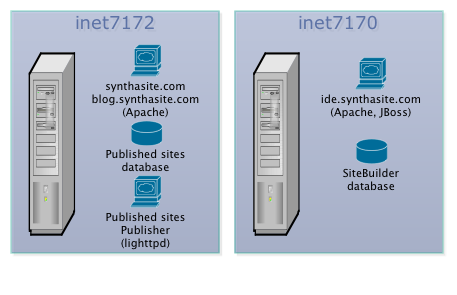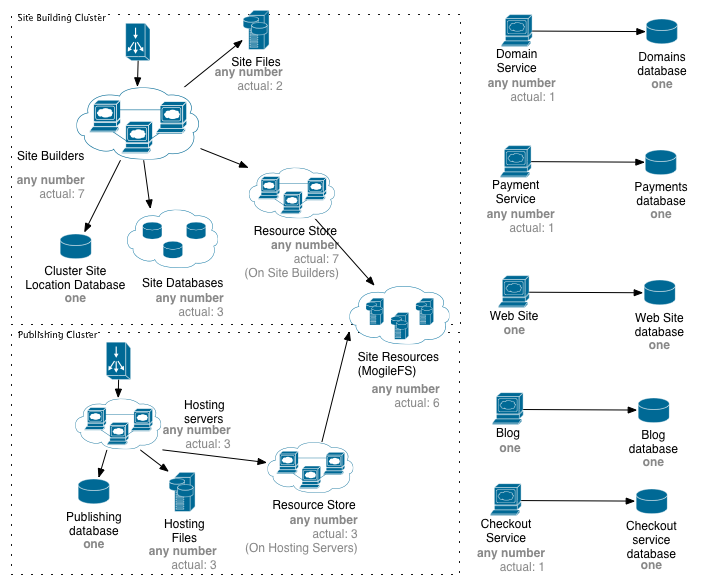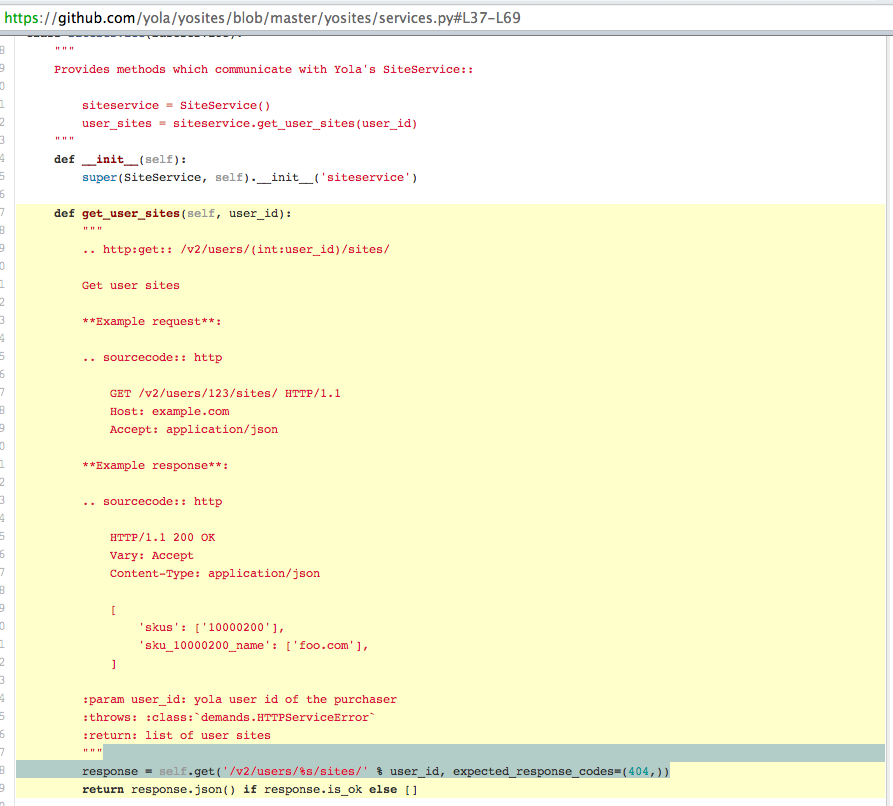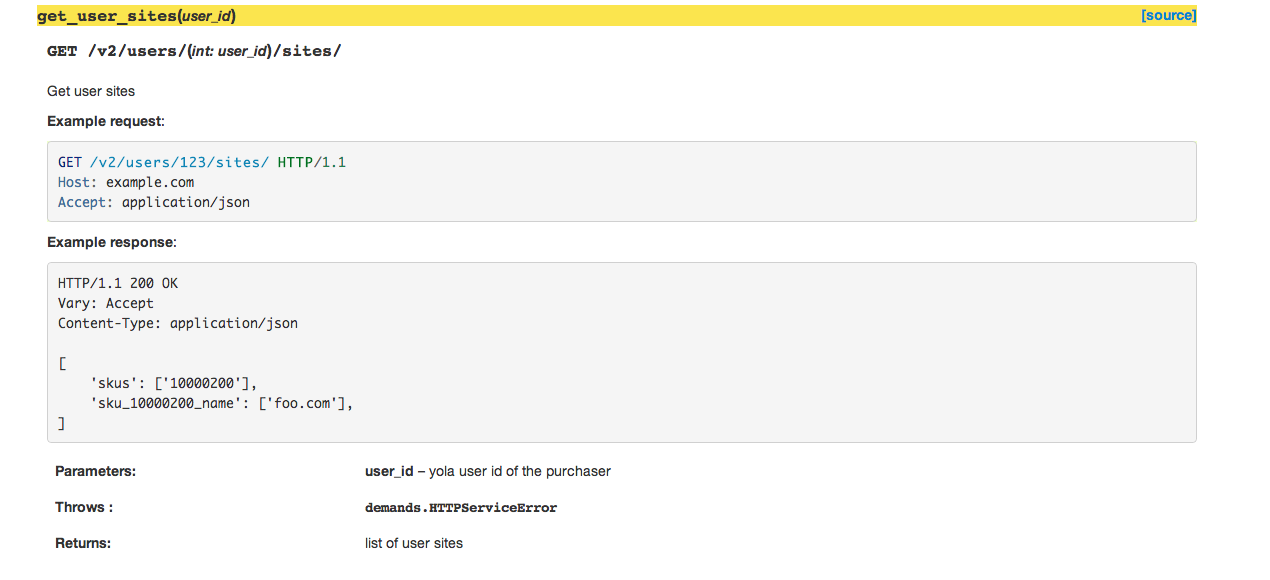Application To Platform
.footnote[[How we used Python to scale Yola](https://github.com/michaeljoseph/application-to-platform)]
.large[
![]()
michaeljoseph @github @twitter
 ]
]
this talk is about
.large[  ]
follow along at home
https://github.com/michaeljoseph/application-to-platform
.left-column[
Other talks
] .right-column[
yodeploy and yoconfigurator
yola’s hosting platform
release automation and continuous deployment
]
.left-column[
overview
] .right-column[
before and after
lessons
deployment / rollout patterns
roadmap ]
History

architecture goals
Simplicity is preferable to complexity
Existing solutions are preferable to entirely new ones
Open Source solutions are preferable to proprietary ones
Avoid single points of failure
architecture changelog
SynthaSite v2 beta — November 2007: The SynthaSite v2 beta went live.
SynthaSite Platform 2.0 — June 2008: gh-pages step in creating a more scalable and reliable platform, introducing load balancing and failover databases and filesystems to the Site Building cluster
SynthaSite Platform 2.1 — July 2008: Adds a dedicated hosting file system and database server, with drbd failover.
SynthaSite Platform 2.2 — September 2008: Adds horizontal scalability to the Site Builder database tier, allowing additional Site Builder database servers to be added to improve capacity.
architecture changelog
SynthaSite Platform 2.3 — October 2008: Adds the domain service and the payment service, allowing for the gh-pages company revenue stream.
SynthaSite Platform 2.4 — November 2008: Adds hosting web server load balancing, allowing horizontal scaling as well as high availability.
SynthaSite Platform 2.5 — December 2008: Adds the ability to have multiple hosting file servers, allowing horizontal scaling of hosting storage and I/O.
architecture changelog
Yola Platform 2.6 — May 2009: Adds the ability to have multiple Site Building file servers, allowing horizontal scaling of Site Building storage and I/O.
Yola Platform 2.7 — May 2009: Adds the Resource Store, which facilitates scalable and highly-available storage of site resources.
Yola Platform 2.8 — June 2009: Adds the Checkout Service, which facilitates the provision of purchase flows in a secure fashion (it, over SSL).
Yola Platform 2.9 — August 2009: Adds Resource Store instances to the publishing environment.
Before And After

lessons
release early and often
keep the changes small and pointy
lowers the cognitive overhead of review
increases confidence in pushing out new code
small surface area of introduced bugs to inspect
bugs are shallow anyway because we have many eyeballs
standardise
applications and installables
applications
installables
.left-column[ deployment / rollout patterns ]
new services first
switch client applications using standard demands based service clients
cleanup
works for hardware too
evolving services with service-clients
 )
)
generated docs
 )
)
engineering workflow
hiring
meritocracy
BDFL
pull requests
eyeballs
yola open source
https://github.com/yola
https://github.com/yola/demands
https://github.com/yola/property-caching
https://github.com/yola/auth_tkt
https://github.com/yola/hashcache
roadmap
database succession
feature flags
modernise all the things
.left-column[
roadmap: Monitoring
] .large[ graphite
munin
sentry ]
roadmap: what was hard
slow
boring
singularity imminent
summary
Slideshow created using remark.